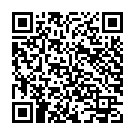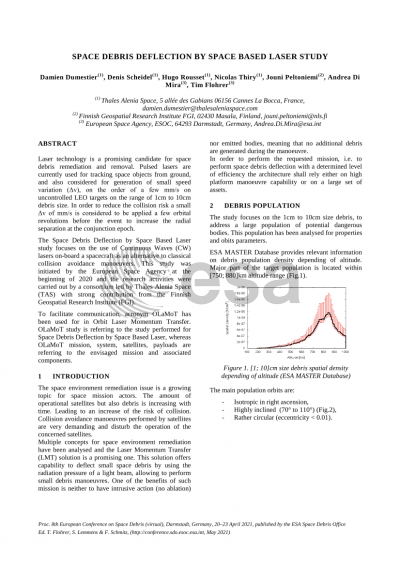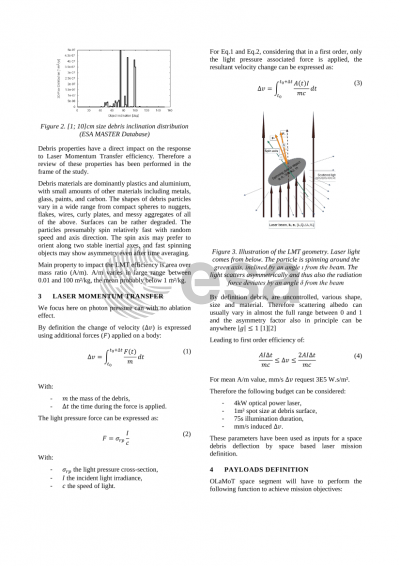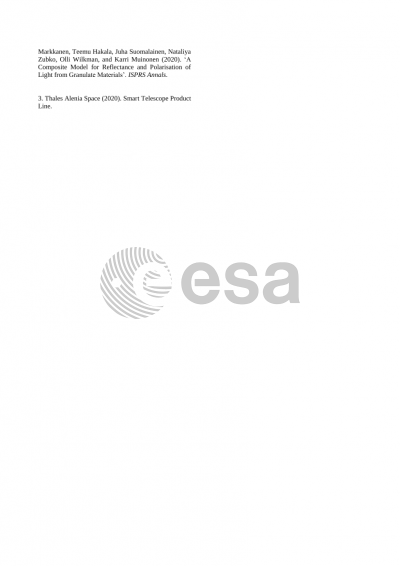Document details

Abstract
In Orbit Laser Momentum Transfer study (OLaMoT)
Damien Dumestier (1) , Denis Scheidel (1), Hugo Rousset (1), Nicolas Thiry (1), Jouni Peltoniemi (2), Andrea Di Mira (3), Tim Flohrer (3)
(1) Thales Alenia Space – 5 allée des Gabians 06156 Cannes La Bocca Cedex, France
(2) Finnish Geospatial Research Institute FGI, 02430 Masala, Finland
(3) European Space Agency, ESOC, 64293 Darmstadt, Germany
Laser technology is a promising candidate for space debris remediation and removal. Pulsed lasers are currently used for tracking space objects from ground, and also considered for generation of small speed variation (Δv), on the order of a few mm/s on uncontrolled LEO targets on the range of 1cm to 10cm debris size. In order to reduce the collision risk a small Δv of mm/s is considered to be applied a few orbital revolutions before the event to increase the radial separation at the conjunction epoch.
The Space Debris Deflection by Space Based Laser study focuses on the use of Continuous Waves (CW) lasers on-board a spacecraft as an alternative to classical collision avoidance manoeuvers. This study was initiated by the European Space Agency at the beginning of 2020 and the research activities were carried out by a consortium led by Thales Alenia Space with strong contribution from the Finnish Geospatial Research Institute (FGI). Two main activities have been performed in the frame of this study. The first one centered on the LMT (Laser Momentum Transfer) effectiveness analysis, considering debris physical properties and illumination configuration.
The second main activity has been to study mission concepts, payload and platform architectures to perform space debris detection and deflection using CW laser. Several aspects were analyzed in order to investigate the feasibility and consolidate the main top-level requirements of such mission.
In particular debris detection strategies and tracking capabilities have been outlined considering the debris population repartition around the Earth along with the most promising observation configurations. Following this first step, illumination payload concept has been proposed to slightly modify the orbit of specific targets via photon pressure. This analysis allowed to identify the current technological capabilities as well as the required developments. Combined or independent instrument concepts to perform detection, tracking and illumination functions, have been studied for the selection of optimal instrument parameters in order to achieve the foreseen maneuvers.
An additional crucial aspect was the identification of potential strategies to monitor the debris response to illumination to assess in real-time the efficiency of the envisaged solution. Then the study last analysis has been done on platform requirements and satellite concepts to carry the previously envisaged payloads and to perform the requested missions for debris maneuver.
This work describes the main outcomes of the activity including mission concepts and architectures analysis, final recommendations and future studies and mission propositions.
Preview







